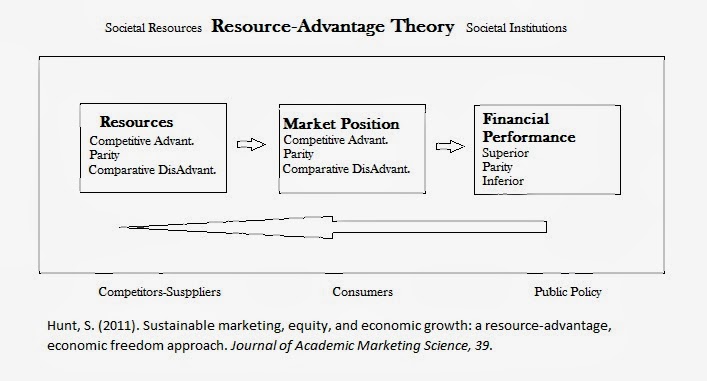Trade is the
lifeblood of any
nation, and
when
it is disrupted, there are consequences
to the
economy.
In places
where
ISIS has taken
root,
traditional
trading
activities
have
been
replaced.
The
risk
of economic
maladjustment in the
Middle East grows
by the
day.
ISIS not only
destroys
economic
freedom
in the
lands
they
hold
but
also
hampers
the
activities
of the
entire
region.
War disrupts economies and ISIS is hardly the first to do so successfully. However, when wars are over many of the previous commercial lines will resume, and with effort, a nation will slowly return to its former self. In a few cases, nations like Iraq can even improve their economy by building updated infrastructure that catalyzes business growth.
ISIS isn’t a typical country engaged in cross-border fighting like we have experienced in the past. It is a a new nation spawned from the villages of other nations that seeks to globalize their brand to create new systems to ensure their empire continues to expand. ISIS ideology comes with new (old) ideas about commerce, economic exchange, and currency based in Eastern traditions and supported by millions of people.
If Afghanistan and Libya are examples, the future of the area doesn’t look bright unless things change. According to the World Bank, the % of GNP growth in Afghanistan and Libya are projecting downward trends until 2017 when problems are expected to stabilize. The difference is that ISIS, with their restrictive ideology, will hold those numbers down much longer.
The economic problems of Syria and Iraq also impact their regional trading partners. Turkey and surrounding countries have experienced slower growth over the past few years. These nations have an economic stake in ensuring ISIS doesn’t remain and should consider putting more effort into collaboration and counter-initiatives.
ISIS is one more challenge the world must overcome as many challenges before. Friedrich Nietzsche eloquently stated, “That which does not kill us makes us stronger.” It is possible that Iraq’s and Syria’s economy could emerge out of this crisis stronger if they resolve their sectarian differences. Overcoming this challenge will require Shia and Sunnis to work together to reconcile their disputes by creating a new national identity that shuns division. Abundance can return again to the Cradle of Civilization between two rivers.
War disrupts economies and ISIS is hardly the first to do so successfully. However, when wars are over many of the previous commercial lines will resume, and with effort, a nation will slowly return to its former self. In a few cases, nations like Iraq can even improve their economy by building updated infrastructure that catalyzes business growth.
ISIS isn’t a typical country engaged in cross-border fighting like we have experienced in the past. It is a a new nation spawned from the villages of other nations that seeks to globalize their brand to create new systems to ensure their empire continues to expand. ISIS ideology comes with new (old) ideas about commerce, economic exchange, and currency based in Eastern traditions and supported by millions of people.
If Afghanistan and Libya are examples, the future of the area doesn’t look bright unless things change. According to the World Bank, the % of GNP growth in Afghanistan and Libya are projecting downward trends until 2017 when problems are expected to stabilize. The difference is that ISIS, with their restrictive ideology, will hold those numbers down much longer.
The economic problems of Syria and Iraq also impact their regional trading partners. Turkey and surrounding countries have experienced slower growth over the past few years. These nations have an economic stake in ensuring ISIS doesn’t remain and should consider putting more effort into collaboration and counter-initiatives.
ISIS is one more challenge the world must overcome as many challenges before. Friedrich Nietzsche eloquently stated, “That which does not kill us makes us stronger.” It is possible that Iraq’s and Syria’s economy could emerge out of this crisis stronger if they resolve their sectarian differences. Overcoming this challenge will require Shia and Sunnis to work together to reconcile their disputes by creating a new national identity that shuns division. Abundance can return again to the Cradle of Civilization between two rivers.
